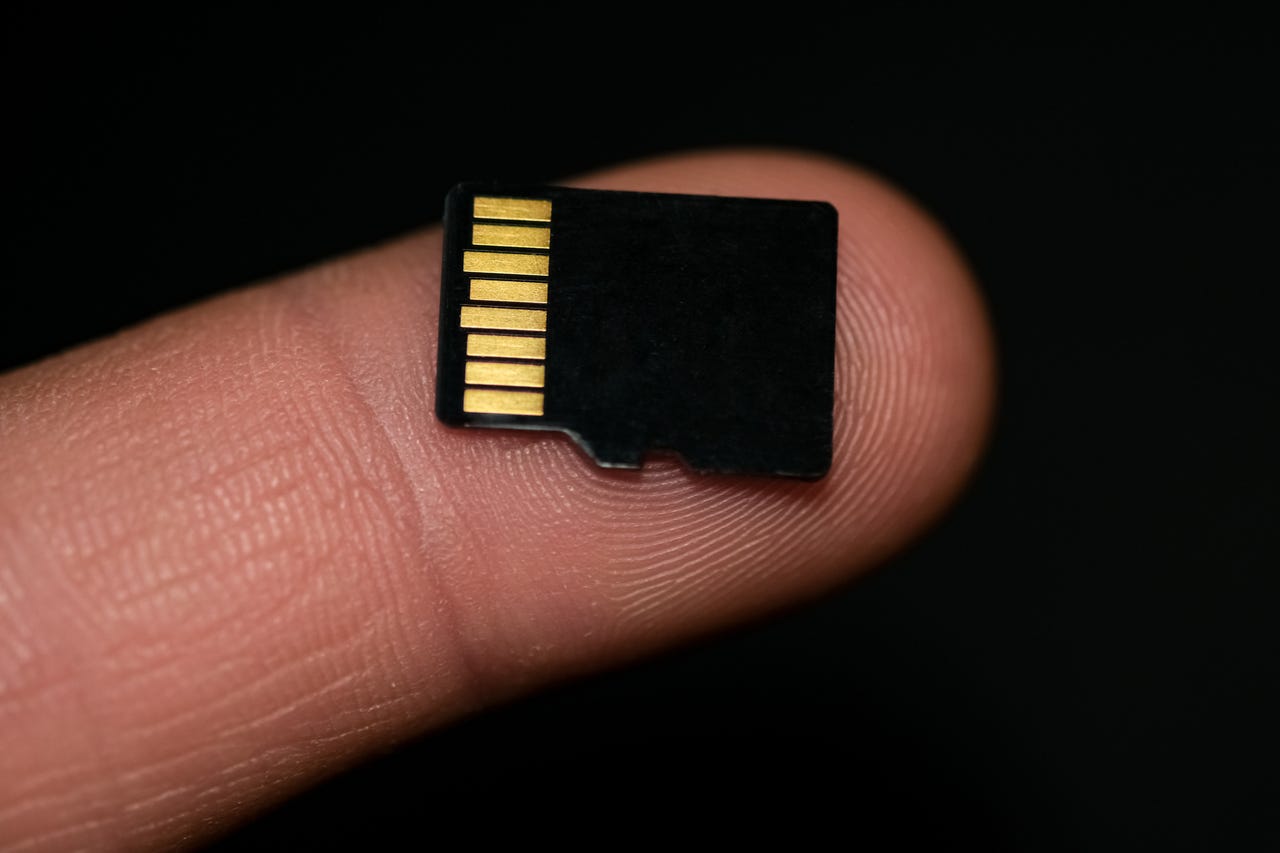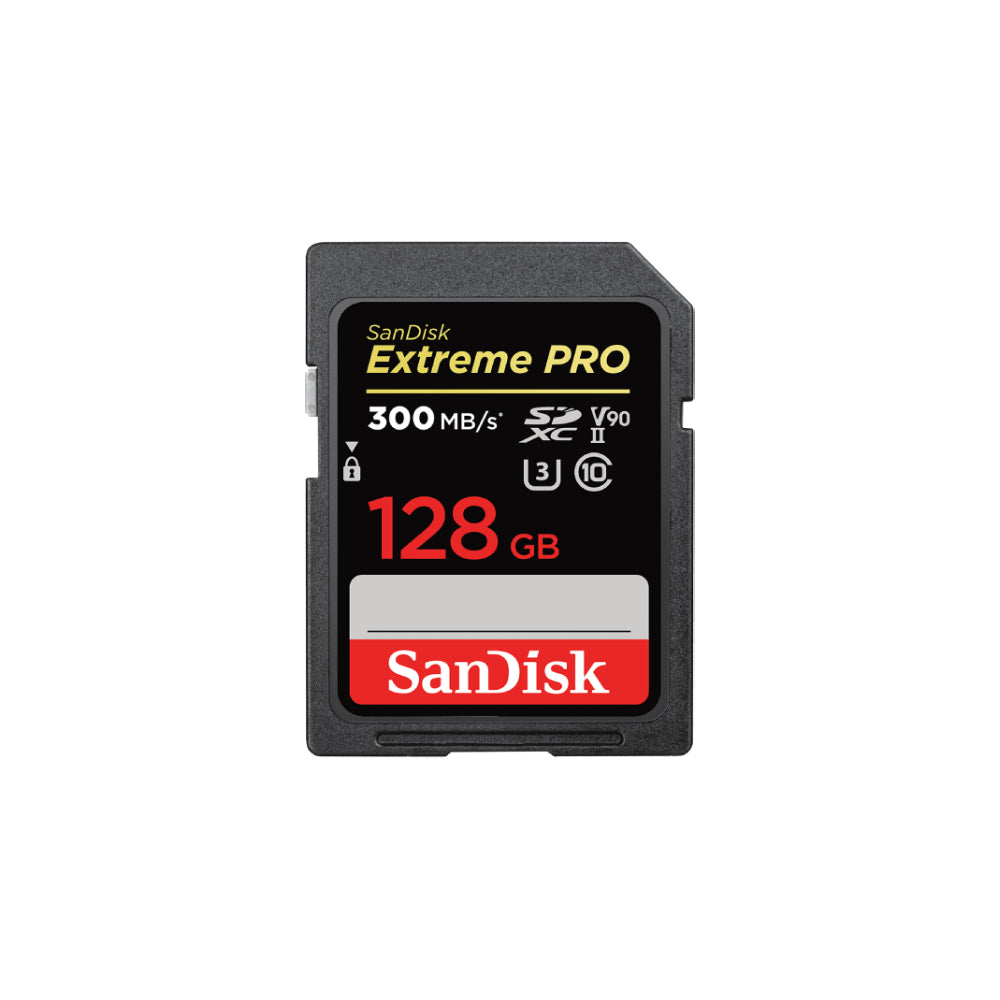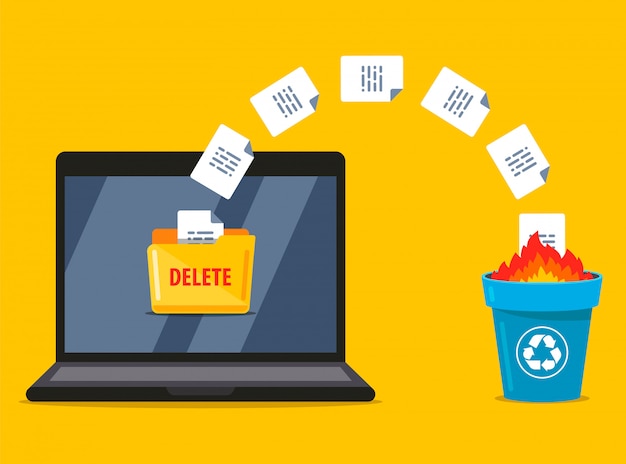
Image Source: FreeImages
# Understanding Your Digital Footprint
As we navigate the digital world, we often leave behind a trail of data known as our digital footprint. This footprint is a record of our online activities, including the websites we visit, the emails we send, the files we download, and even the purchases we make. Our digital footprint can tell a lot about us, from our personal preferences to our professional activities and the people we interact with.
While this digital footprint can serve useful purposes, such as helping websites provide personalized content or services, it can also pose risks. For instance, if sensitive information from our digital footprint falls into the wrong hands, it can be used for identity theft, fraud, or other malicious purposes. Therefore, managing and minimizing our digital footprint is crucial.
Part of managing our digital footprint involves understanding how data is stored and deleted on our devices, such as thumb drives. This knowledge can help us make informed decisions about how to handle our data and protect our privacy.
# What Are Thumb Drives and How Do They Store Data?
Thumb drives, also known as USB flash drives, are portable storage devices that use flash memory to store data. They can hold anything from documents and photos to music and videos. Unlike hard drives, which store data magnetically, thumb drives use electrical charges to store data. This makes them less susceptible to damage from physical shocks.
When you save a file to a thumb drive, the device’s controller chip locates empty space in the memory and writes the data there. If you delete a file, the controller simply marks the space as available for new data. However, the original data remains on the drive until it’s overwritten by new data.
This means that even after you delete a file from a thumb drive, the file’s data can still be recovered using special software. To truly erase a file from a thumb drive, you need to overwrite the file’s data, not just mark it as deleted.
# The Importance of Permanently Deleting Files
Given that deleted files can still be recovered from a thumb drive, it’s important to permanently delete files that contain sensitive information. This is especially true if you’re planning to give away or sell the thumb drive, as the next user could potentially recover and misuse your data.
Permanently deleting files from a thumb drive also helps manage your digital footprint. By ensuring that your deleted files are truly gone, you reduce the amount of data that can be used to piece together your online activities.
Moreover, permanently deleting files can improve the performance of your thumb drive. Over time, the accumulation of deleted files that are still recoverable can take up space and slow down data transfer speeds.
# Common Myths About Deleting Files from Thumb Drives
There are several misconceptions about deleting files from thumb drives. One common myth is that deleting a file and emptying the recycle bin is enough to permanently erase the file. As I’ve mentioned earlier, this is not the case. The file’s data remains on the drive until it’s overwritten by new data.
Another myth is that formatting the thumb drive will permanently delete all files. While formatting does remove the file system and makes the data harder to recover, it doesn’t completely erase the data. With the right software, the data can still be retrieved.
A third myth is that physical destruction of the thumb drive is the only surefire way to erase all data. While physical destruction does make data recovery virtually impossible, it’s not the only method to permanently delete files. There are software solutions that can overwrite the data and make it unrecoverable.
# Step-by-Step Guide to Permanently Delete Files from Your Thumb Drive
To permanently delete files from your thumb drive, you need to overwrite the file’s data. Here’s a step-by-step guide on how to do this:
1. Plug the thumb drive into your computer.
2. Locate the file you want to delete.
3. Delete the file as you normally would (e.g., by dragging it to the recycle bin).
4. Use a file shredder software to overwrite the empty space on the thumb drive. This will overwrite the deleted file’s data and make it unrecoverable.
# Software for Permanently Deleting Files from Thumb Drives
There are several software options available for permanently deleting files from thumb drives. These software solutions work by overwriting the deleted file’s data with random data, making it virtually impossible to recover the original data.
Some popular options include Eraser, File Shredder, and TweakNow SecureDelete.
# Tips to Ensure Complete Deletion of Your Digital Footprint
To effectively manage your digital footprint, you should:
– Regularly review and delete unnecessary files from your devices.- Use secure deletion software to permanently delete sensitive files.
– Be mindful of the data you share online and limit the amount of personal information you disclose.
– Use privacy settings on your online accounts to control who can see your information.
– Regularly update your software and devices to protect against security vulnerabilities.
# Why You Should Consider a Professional Service for Erasing Your Digital Footprint
While software solutions can help you manage your digital footprint, a professional service can provide a more comprehensive solution. These services can help you identify and delete unnecessary data, secure your online accounts, and educate you on best practices for online privacy.
Moreover, professional services can provide peace of mind. With their expertise and experience, they can ensure that your digital footprint is effectively managed and your personal information is secure.
# Consequences of Not Properly Erasing Your Digital Footprint
Not properly managing and erasing your digital footprint can have serious consequences. You could become a target for identity theft, fraud, or other cybercrimes. Your personal and professional reputation could be damaged. You could even face legal consequences if sensitive data falls into the wrong hands.
Therefore, it’s crucial to take steps to manage your digital footprint and permanently delete sensitive data from your devices.
# Conclusion
In conclusion, erasing your digital footprint and permanently deleting files from your thumb drive is crucial for maintaining your online privacy and security. Besides, if you need to find sth deleted, a data recovery tool is also necessary. While there are common misconceptions about file deletion, understanding how data is stored and deleted can help you make informed decisions. Using software solutions like RecoveryMaster and considering professional services can ensure that your digital footprint is effectively managed. Remember, your digital footprint tells a story about you, so make sure it’s a story you’re comfortable sharing.




Leave a Reply